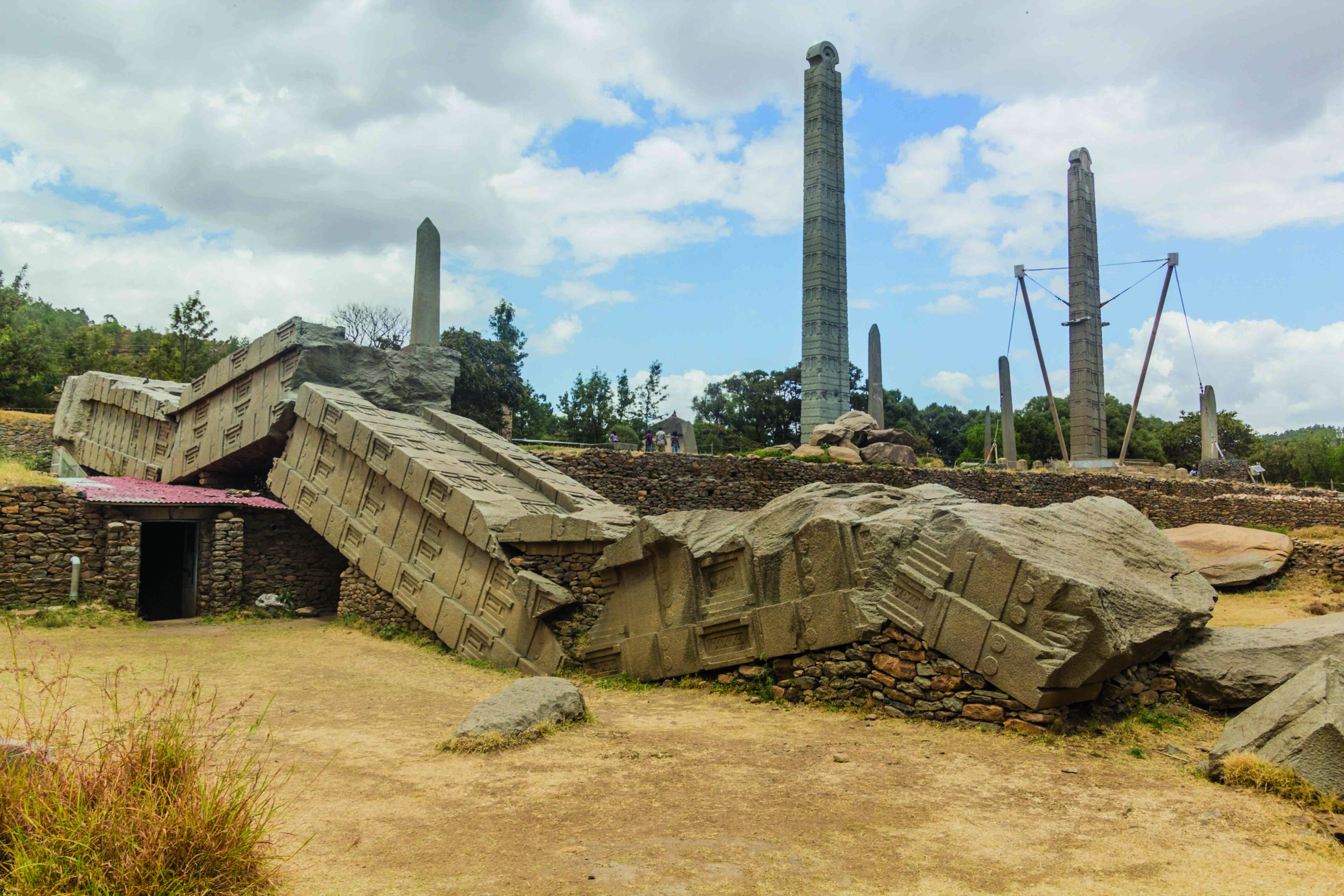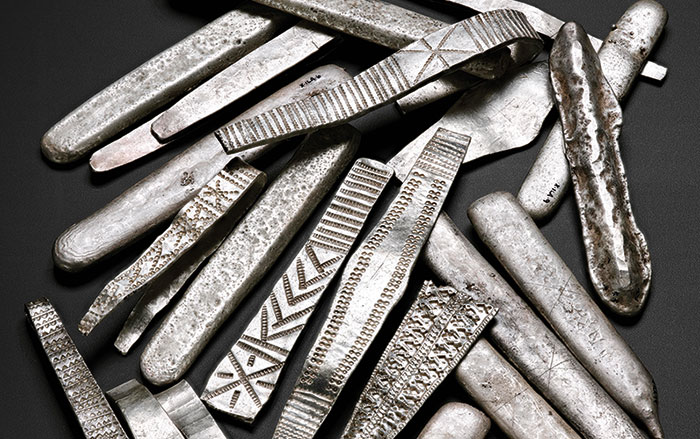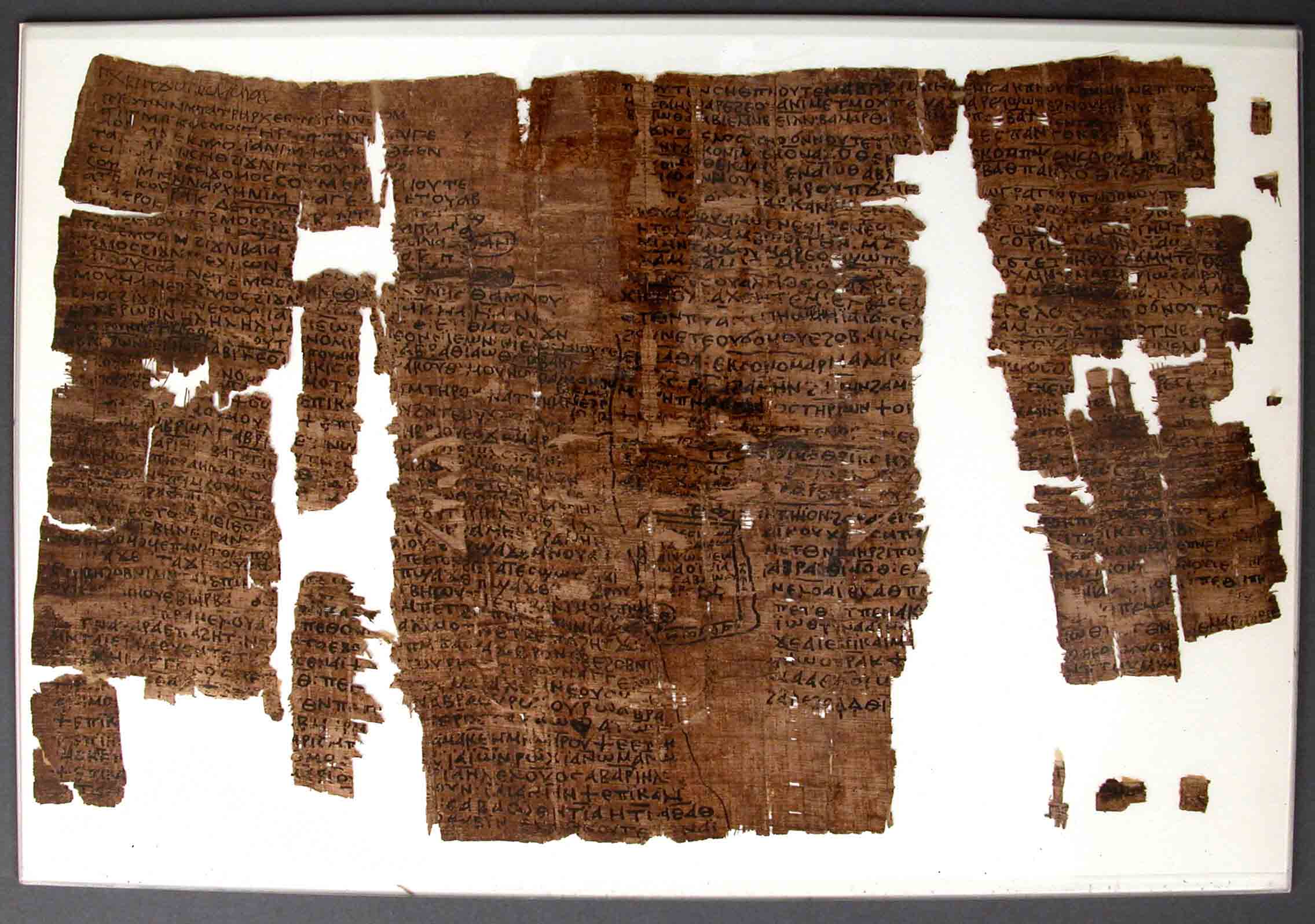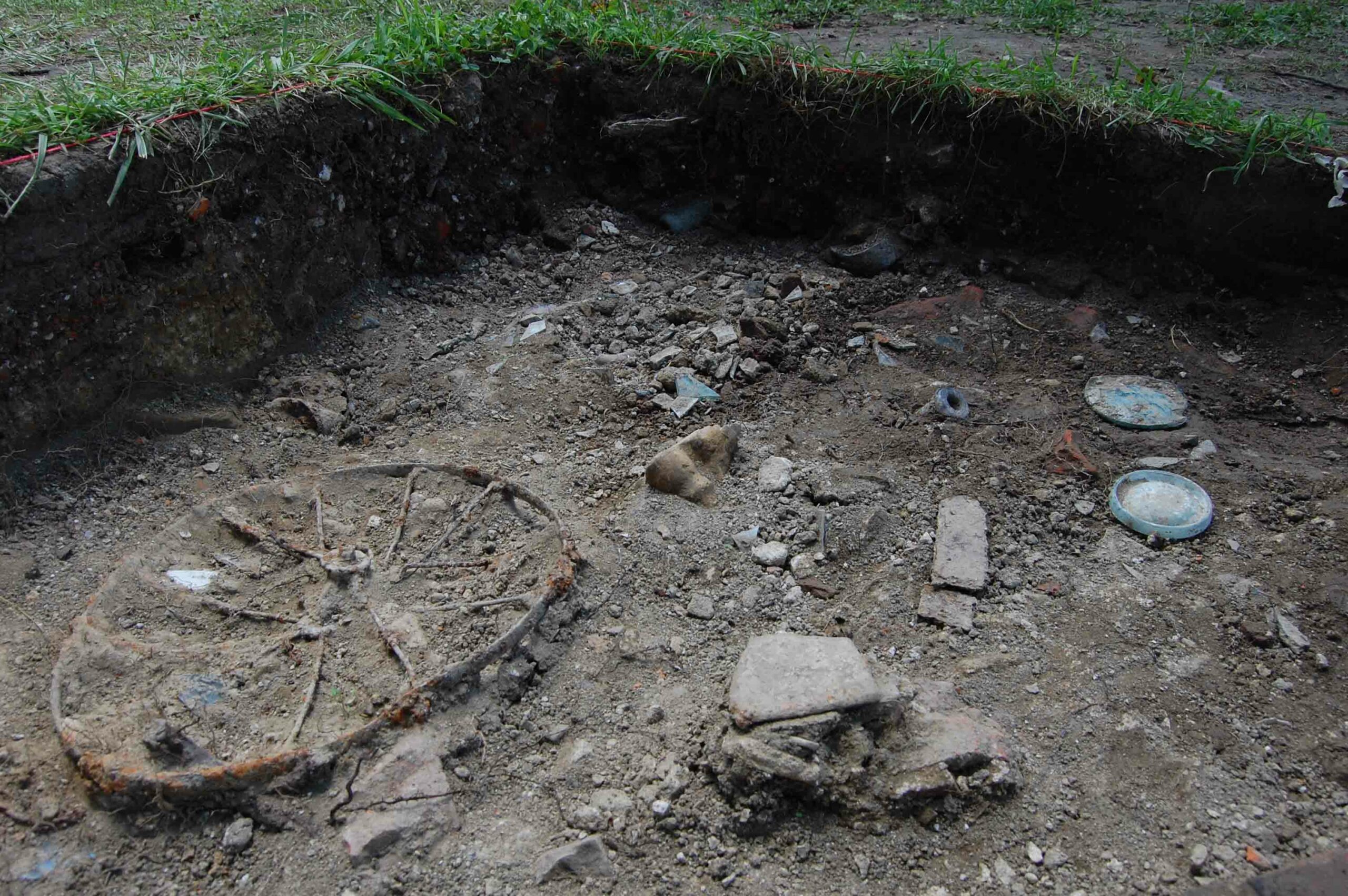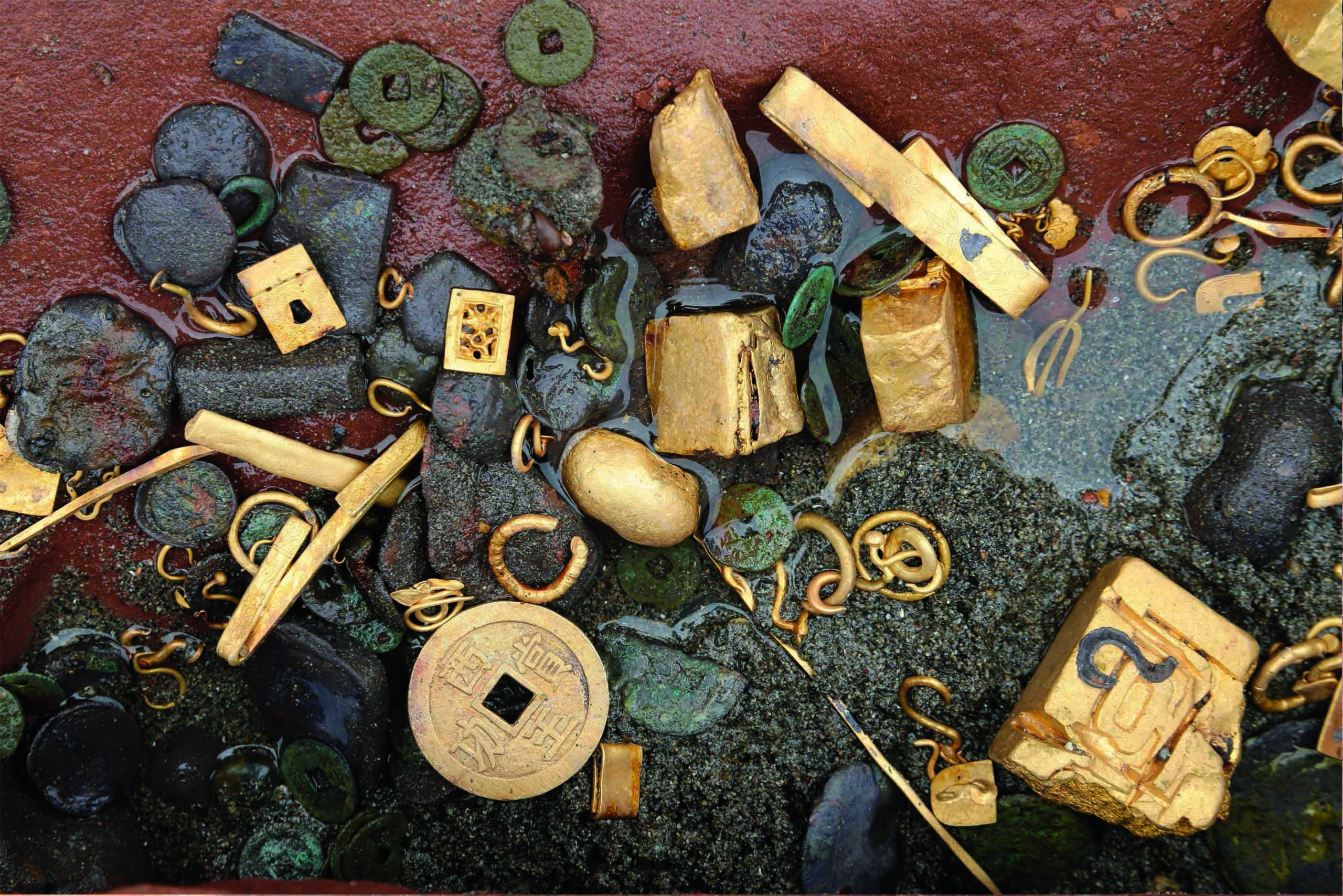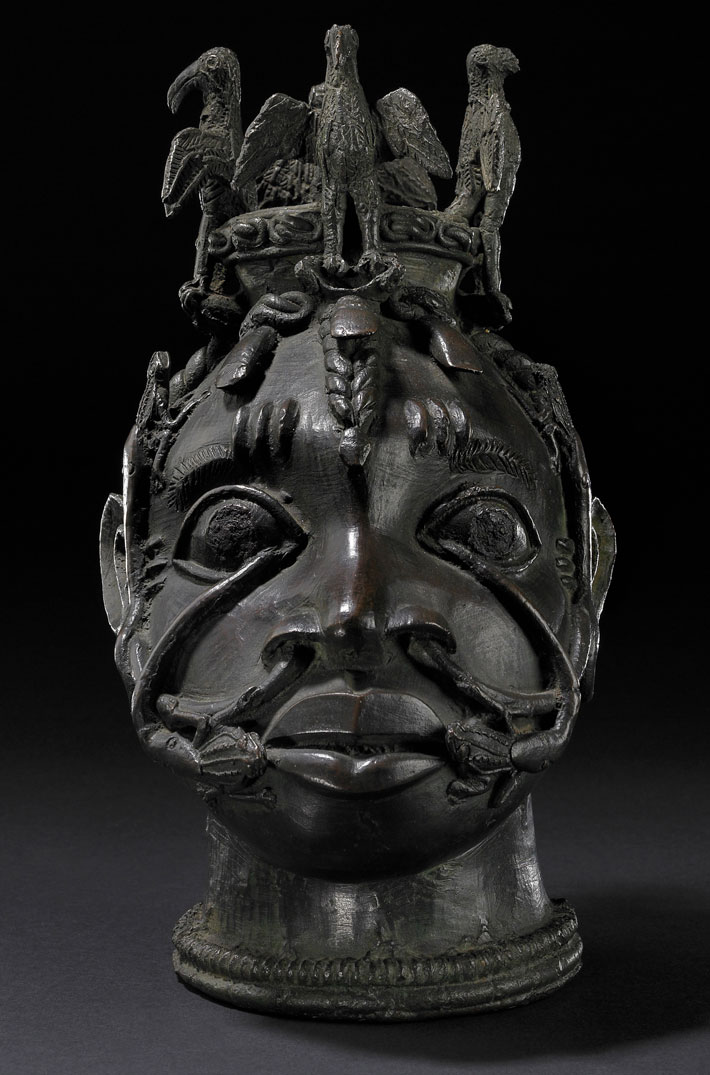
SYDNEY, AUSTRALIA—According to a statement released by the University of Sydney, excavations in the Mangareva Islands have uncovered nineteenth-century artifacts related to the period of French colonization. James Flexner of the University of Sydney, working with the cultural association Te Ana Pouga Magareva, uncovered more than 1,500 artifacts at six sites on the islands of Aukena and Akamaru, including the homes of Roman Catholic priests and a missionary school for boys. In the priests’ house at the Church of Notre Dame de la Païx at Akamaru, the researchers found fragments of gin, champagne, and wine bottles; and perfume and medicine bottles imported from France, Britain, and the Netherlands. Fragments of pearl shells were also uncovered at the sites. Before the arrival of the colonists, such shells were used to make fishing lures, tattooing needles, pendants, and figurines. By the 1840s, however, thousands of tons of the shells were harvested for export to make buttons and decorative inlays. Flexner said that the team also uncovered a small bronze crucifix at the site of the boys’ school at Aukena. He thinks it was likely an ornament that was worn daily. In addition, three complete pearl shells were discovered at the boys’ school, underneath an iron ax head. Excavation of the mission sites will continue, Flexner concluded. To read about the arrival of French Polynesian settlers in Hawaii, go to "Off the Grid: The Hawaiian Fishing Village of Lapakahi."


